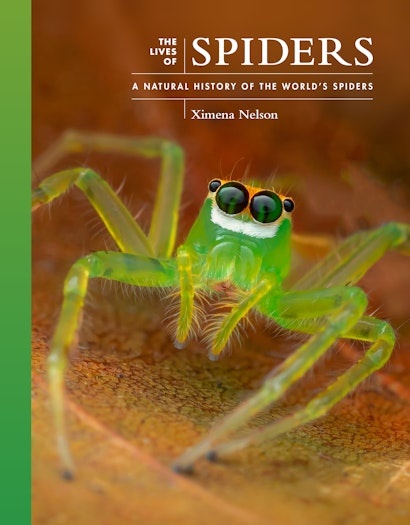Spiders are dominant predators in virtually every terrestrial ecosystem on the planet. A marvel of evolution with species numbering in the tens of thousands, they have been walking the earth since before the dinosaurs. Spiders manipulate the silk strands of their webs to act as a sensory field, which vibrates across wide frequencies that they can read in detail, while young spiders spin silk lines that interact with the electrical fields in the atmosphere, enabling them to balloon across huge distances. Some spiders even gather in groups to impersonate ants in astonishing displays of collective mimicry. The Lives of Spiders explores these and other wonders, blending stunning imagery, lively writing, and the latest science to explore the natural history of the world’s diverse arachnid life.
- Features a wealth of color illustrations
- Sheds invaluable light on the life history, ecology, and stunning diversity of spiders
- Covers silk and web building, venoms, predators and prey, mating and dancing, spider cognition, and much more
- Discusses the impacts of human activity on spiders
About the Authors
Ximena Nelson is Professor of Animal Behavior at the University of Canterbury, New Zealand. Her work has been published in a range of scientific journals, including Biological Reviews, Animal Behaviour, Journal of Experimental Biology, and Animal Cognition.






























